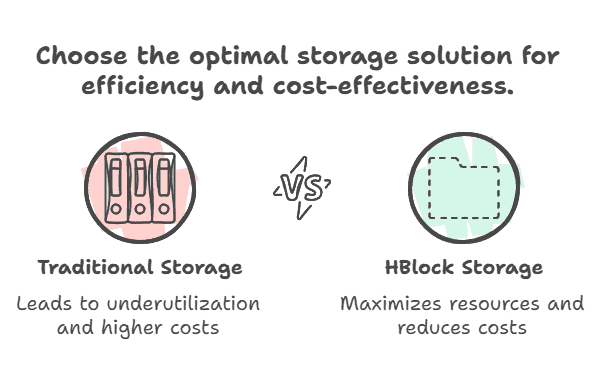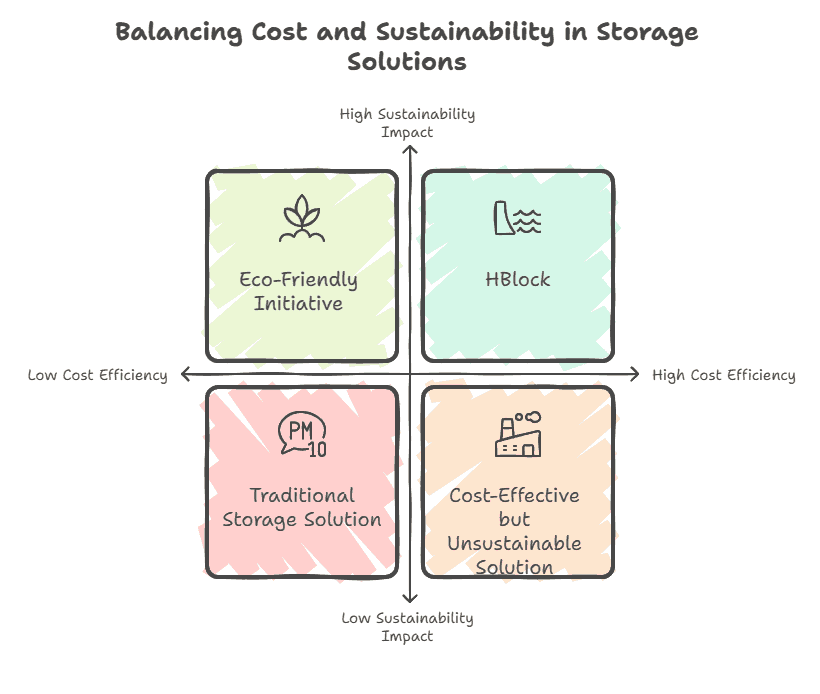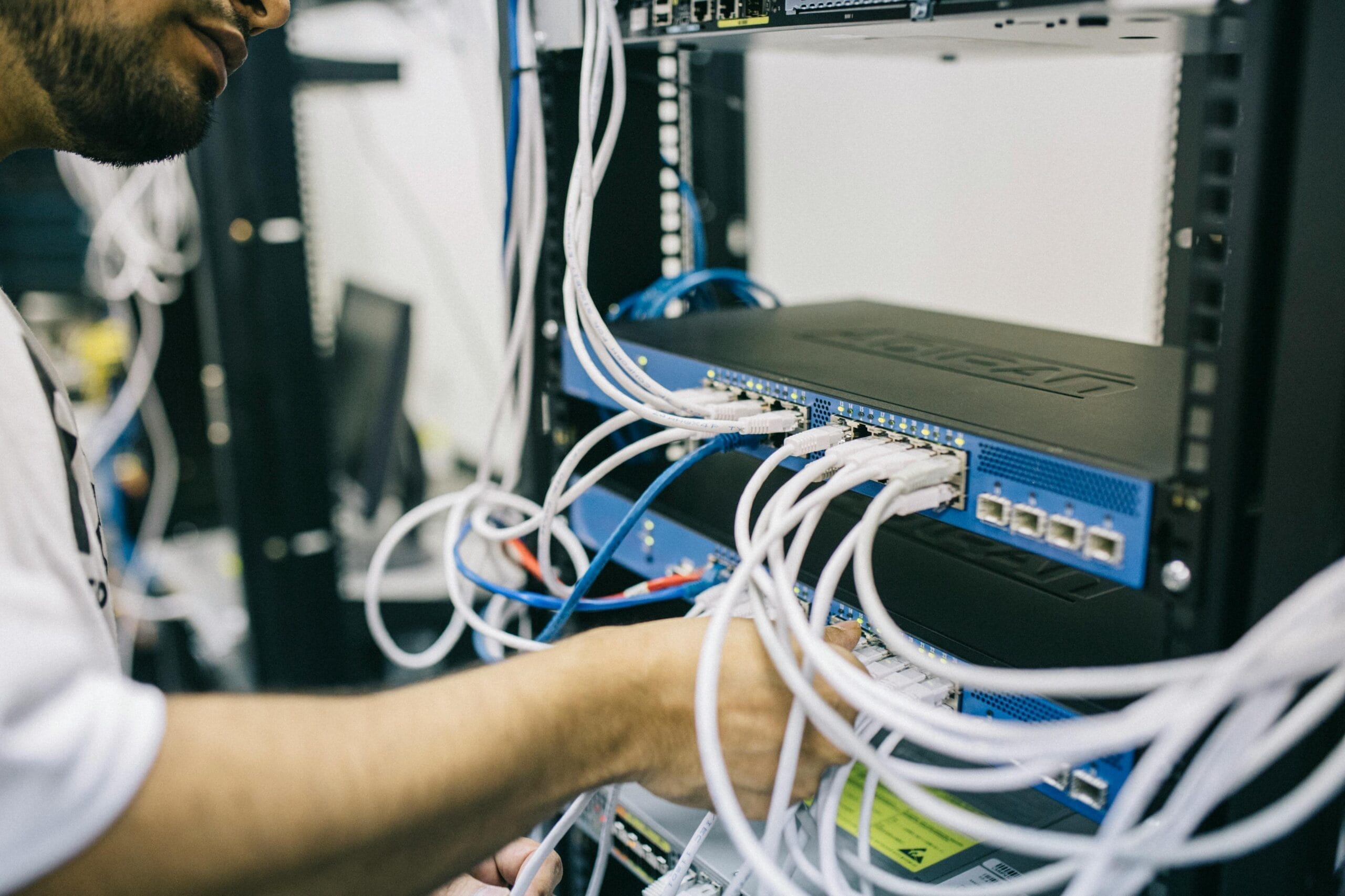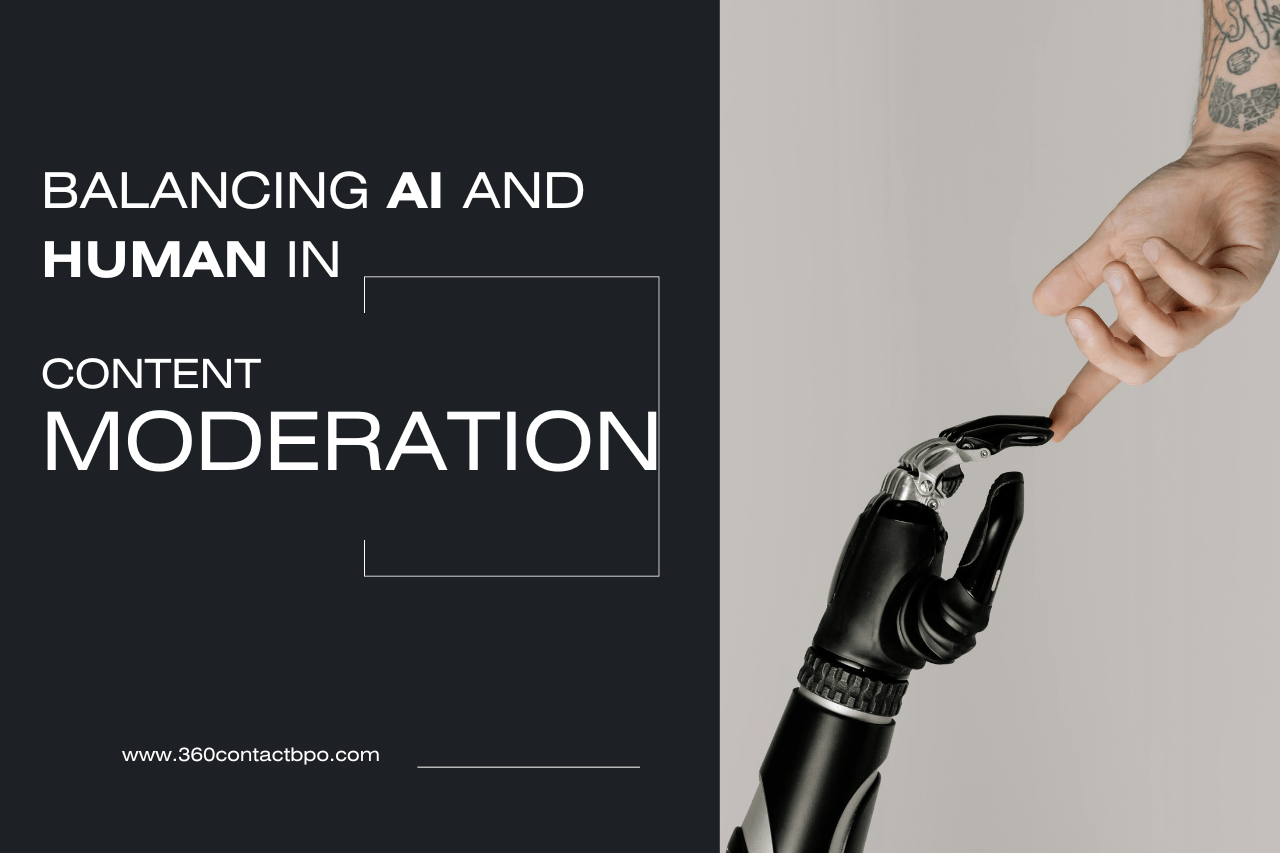Overview
In 2024, understanding server costs has become increasingly complex as businesses navigate a landscape filled with various options and associated expenses. The average monthly cost for traditional on-premises servers is approximately $1,476.31, which poses significant challenges for IT managers and financial officers alike. Initial hardware investments typically range from $3,000 to $5,000 for basic setups, but this figure only scratches the surface. Ongoing costs such as maintenance, energy consumption, and cooling can add an additional $500 to $1,000 annually, making it crucial for businesses to carefully assess their server needs and budget accordingly.
The total server cost is influenced by multiple factors beyond just the initial purchase price. For instance, the type of server—whether dedicated, cloud-based, or virtual—can dramatically affect overall expenses. Additionally, hidden costs such as energy consumption, physical space requirements, and necessary security measures can quickly accumulate. For instance, businesses often overlook the need for backup systems and emergency maintenance, which can further strain budgets. As data demands grow, understanding these components is essential for making informed decisions about server investments.
To mitigate rising server costs, innovative solutions like Hblock offer businesses a way to optimize resource utilization effectively. Hblock helps organizations repurpose unused storage across existing servers, reducing the need for new hardware investments while maximizing efficiency. This approach not only helps lower operational costs but also enhances scalability as businesses grow. By leveraging such technologies, companies can manage their server costs more effectively while maintaining a competitive edge in an increasingly digital landscape.
Table of Contents
What Determines the Cost of a Server?
The server cost is influenced by several critical factors that businesses must consider when planning their IT infrastructure. One of the primary determinants is the purpose of the server. Different applications require varying levels of performance and resources; for instance, a server designed for data-intensive tasks, such as hosting a database or running complex applications, will demand more powerful hardware compared to a simple file storage server. This means that the specifications required—such as CPU power, RAM, and storage type—will significantly impact the overall cost. According to a guide on optimizing server budgets, businesses can expect to invest between $5,000 and $20,000 depending on their specific needs and configurations (We Buy Used IT Equipment).

Another key factor influencing server cost is the number of users accessing the server. The more users that need to connect simultaneously, the more robust the server must be to handle the increased load. This often necessitates higher specifications, such as additional RAM and processing power, which directly contributes to higher costs.
For example, a server with 16GB of RAM may suffice for a small team, but larger organizations might require setups exceeding 100GB to ensure smooth operations during peak usage times. Additionally, considerations like bandwidth requirements and data transfer limits can further complicate pricing structures, as different hosting models (metered vs. unmetered) can lead to varying monthly expenses (Contabo).
Lastly, the choice of hardware components plays a crucial role in determining server cost. Opting for high-performance components, such as solid-state drives (SSDs) over traditional hard disk drives (HDDs), can significantly increase upfront costs but may offer better long-term value through improved speed and reliability. Similarly, selecting enterprise-grade processors like Intel’s Xeon can range from $100 to $1,000, depending on the required performance level (PSM Partners). Ultimately, businesses must weigh these factors carefully to ensure they invest wisely in their server infrastructure while managing costs effectively.
Purpose of the Server
The purpose of the server plays a pivotal role in determining its overall server cost. Servers are designed to fulfill specific functions within an organization, and this directly influences the type of hardware and software required. For instance, a basic file server, which primarily handles file storage and sharing, will generally incur lower costs compared to a high-performance database server that manages large volumes of data and complex queries. According to industry insights, the cost for a simple file server can start around $5,000, while specialized servers can escalate to $20,000 or more based on their intended use (World Synergy).
Moreover, the server’s purpose also dictates its performance requirements. Servers intended for running applications or managing network traffic require more robust specifications, such as higher processing power and increased RAM. This translates to a higher server cost due to the need for advanced components. For example, a server used for virtual machines must support multiple operating systems simultaneously, necessitating powerful CPUs and ample memory resources. As businesses assess their needs, understanding the specific purpose of their server is crucial in estimating both initial investments and ongoing operational costs.
User Demand
Another significant factor influencing server cost is user demand. The number of users accessing a server simultaneously can greatly affect its performance requirements and, consequently, its price. For example, a server designed for a small team of 10-20 users may only need basic specifications and can be relatively inexpensive. However, as user demand increases—such as in larger organizations with hundreds of employees—the server must be equipped to handle higher loads without compromising performance.
This often requires investing in more powerful hardware, which can lead to higher overall costs (We Buy Used IT Equipment).Additionally, user demand impacts not only the hardware specifications but also the type of deployment model chosen by businesses. For instance, organizations experiencing fluctuating user demand may opt for cloud-based solutions that offer scalability without the upfront costs associated with dedicated servers. However, cloud services also come with their own pricing structures that can vary based on usage patterns. Understanding user demand is essential for businesses to make informed decisions about their server investments while effectively managing their server costs.
Hardware Specifications
Hardware specifications are a critical determinant of server cost, as they dictate the performance capabilities of the server. Key components such as the processor (CPU), memory (RAM), storage type (HDD vs. SSD), and network interfaces all contribute significantly to the overall price. For example, opting for solid-state drives (SSDs) instead of traditional hard disk drives (HDDs) can increase upfront costs substantially; SSDs typically cost nearly six times more than HDDs but offer superior speed and reliability (Web Buy Used IT Equipment).
This trade-off between cost and performance is crucial for businesses when selecting hardware that aligns with their operational needs.Furthermore, the choice of hardware not only affects initial purchase prices but also has implications for long-term operational costs. High-performance components may lead to increased energy consumption and cooling requirements, which can escalate ongoing expenses significantly. As organizations plan their budgets, it’s essential to consider both the immediate server costs associated with purchasing hardware and the potential hidden costs related to maintenance and energy consumption over time (Facilitiesnet). By carefully evaluating hardware specifications in relation to their specific needs, businesses can make strategic decisions that optimize both performance and cost-efficiency.
Key Components of a Server
Understanding the key components of a server is essential for evaluating its overall server cost and performance capabilities. The motherboard serves as the backbone of the server, connecting all other components and facilitating communication between them. It houses critical elements such as the central processing unit (CPU), random access memory (RAM), and various input/output ports. A well-designed motherboard can significantly enhance a server’s efficiency and scalability, which can influence the initial investment and long-term operational costs. As noted by sources, selecting a high-quality motherboard can lead to better performance and reliability, which ultimately impacts the total server cost (FS Community).
The CPU, or processor, is another vital component that plays a crucial role in determining server cost. It acts as the brain of the server, executing instructions and processing data. Modern servers often utilize multi-core processors to handle multiple tasks simultaneously, which increases their capability to manage complex workloads efficiently. The choice of CPU can vary widely in price; for instance, enterprise-grade processors like Intel Xeon can range from affordable options to high-end models costing thousands of dollars. This variability means that businesses must carefully assess their processing needs to avoid overspending on unnecessary power while ensuring adequate performance for their applications (TechTarget).
Lastly, random access memory (RAM) and storage solutions are critical components that directly affect server cost and performance. RAM serves as the short-term memory of the server, temporarily holding data for quick access by the CPU. The amount of RAM required depends on the applications running on the server; more demanding applications will necessitate higher RAM capacities, which can increase costs significantly. Meanwhile, storage options—ranging from traditional hard disk drives (HDDs) to faster solid-state drives (SSDs)—also play a significant role in determining overall expenses. SSDs offer superior speed but come at a higher price point compared to HDDs. Therefore, businesses must balance their performance needs with budget constraints when selecting these components (Spiceworks).
Types of Servers
Understanding the different types of servers is essential for businesses looking to manage their server costs effectively. One of the most common types is the web server, which hosts websites and serves content to users via web browsers. These servers handle requests from clients and deliver web pages, images, and other resources over the internet. The cost associated with web servers can vary significantly based on factors such as traffic volume, storage needs, and the complexity of the applications being hosted.

For instance, a small business might spend around $5,000 for a basic setup, while high-traffic websites may require more robust solutions that can escalate costs considerably (Zenarmor). Another important type is the database server, which is designed to store, manage, and retrieve data for applications. Database servers are critical for businesses that rely on data-driven decision-making and need to handle large volumes of information efficiently.
The server cost for database servers can be substantial, particularly if high availability and redundancy are required to ensure data integrity and accessibility. Organizations often invest in powerful hardware and specialized software licenses to optimize performance, which can lead to initial costs ranging from $10,000 to $50,000 depending on the scale of operations (Indeed).
Lastly, application servers provide a runtime environment for applications and facilitate communication between clients and backend databases or services. They are essential for businesses that deploy complex applications requiring significant processing power and memory. The server cost associated with application servers can vary widely based on the number of concurrent users and the specific requirements of the applications being hosted. While smaller setups may be affordable, larger enterprises often face higher costs due to the need for advanced features such as load balancing and scalability (Grras Solutions). Understanding these types of servers and their associated costs allows businesses to make informed decisions that align with their operational needs and budget constraints.
Storage Servers
Storage servers are specifically designed to manage and store large volumes of data, making them essential for businesses that require reliable data access and backup solutions. The server cost for storage servers can vary widely based on the capacity and performance specifications. For instance, a basic storage server may start at around $5,000, while high-capacity models equipped with advanced features like redundancy and high-speed access can exceed $20,000. This variation in cost reflects the need for different storage technologies, such as traditional hard disk drives (HDDs) versus solid-state drives (SSDs), which significantly impact both performance and pricing (We Buy Used IT Equipment).
In addition to the initial purchase price, ongoing operational costs must also be considered when evaluating server costs. Storage servers often require substantial power and cooling resources, which can add to monthly expenses. Furthermore, as data needs grow, businesses may need to invest in additional storage capacity or upgrade existing systems to maintain performance levels. Understanding these factors is crucial for organizations looking to manage their storage server investments effectively while ensuring they meet their data management needs.
Virtual Machine Servers
Virtual machine servers allow organizations to run multiple virtual instances on a single physical server, optimizing resource utilization and reducing overall server costs. The initial investment for a virtual machine server can be lower compared to traditional physical servers, with costs starting around $250 per month for basic configurations. However, as businesses scale and require more resources—such as additional CPU cores and RAM—the total cost can increase significantly, potentially reaching upwards of $20,000 for high-performance setups (Parallels).
Moreover, the flexibility of virtual machine servers allows businesses to pay only for the resources they use, making it easier to manage operational expenses. However, organizations must also account for ongoing costs related to licensing software (such as hypervisors) and maintenance of the underlying hardware. As a result, while virtual machine servers can offer cost savings in certain scenarios, careful planning is necessary to ensure that overall server costs remain manageable as demand fluctuates (TechTarget).
Remote Desktop Servers
Remote desktop servers provide users with access to their work environments from various locations, making them increasingly popular in today’s remote work landscape. The server cost associated with remote desktop servers can vary based on the number of users and the required performance specifications. For example, a small setup may cost around $1,500, but larger organizations needing robust performance for numerous concurrent users might face costs exceeding $10,000 due to the need for higher processing power and memory (Grras Solutions).
In addition to initial hardware investments, ongoing expenses such as software licensing fees and maintenance must also be factored into the total server cost. Organizations often need to invest in licenses for remote desktop services and ensure that their network infrastructure can support secure connections without compromising performance. As businesses continue to embrace remote work solutions, understanding these costs becomes essential for effective budgeting and resource allocation.
Specialized Task Servers
Specialized task servers are tailored for specific applications or workloads, such as database management or high-performance computing tasks. These servers are designed with particular hardware configurations that optimize them for their intended functions, which can significantly influence their server cost. For instance, a specialized server designed for heavy data processing might start at around $10,000, depending on its specifications and capabilities (Indeed).
The investment in specialized task servers often pays off through enhanced performance and efficiency in executing specific applications. However, organizations must also consider ongoing operational costs related to maintenance, power consumption, and potential upgrades as workloads evolve over time. By understanding the unique requirements of specialized task servers, businesses can make informed decisions about their investments while managing overall server costs effectively (DigitalOcean).
Future Expenses and Maintenance
As businesses invest in server infrastructure, understanding future expenses and maintenance is crucial for managing overall server costs. One of the primary considerations is the ongoing maintenance required to keep servers operational. Regular maintenance tasks, such as software updates, hardware replacements, and system monitoring, can add significant costs over time. According to industry reports, while initial server purchases may seem manageable, the cumulative expenses associated with upkeep can lead to unexpected financial burdens. Companies should budget for these recurring costs to ensure their server systems remain efficient and reliable (TechTarget).
In addition to routine maintenance, businesses must also prepare for potential increases in server costs due to inflation and market fluctuations. Recent trends indicate that server prices have been on the rise, driven by factors such as supply chain disruptions and increased demand for advanced configurations that support more compute-intensive workloads. For instance, a 3.1% month-over-month increase in server costs was reported recently, highlighting the volatility in pricing that IT managers must navigate (TechTarget). As organizations plan their budgets, they need to account for these potential price hikes to avoid being caught off guard.
Lastly, businesses should consider the impact of technological advancements on server costs over time. As new technologies emerge—such as artificial intelligence and machine learning—organizations may need to upgrade their servers to remain competitive. These upgrades often come with significant capital expenditures, which can strain budgets if not anticipated properly. By staying informed about industry trends and potential future developments, companies can make strategic decisions regarding their server investments and maintenance plans, ultimately ensuring they manage their overall server costs effectively (LinkedIn).
Maintenance Costs
Maintenance costs are a significant factor in determining the overall server cost for businesses. Regular upkeep is essential to ensure that servers operate efficiently and securely, which can involve both software updates and hardware repairs. On average, businesses can expect to spend between $150 and $1,500 per month on maintenance services, depending on the complexity of their server infrastructure (RDI Intuitive Technical). This includes costs associated with monitoring, troubleshooting, and any necessary repairs or replacements of components that may fail over time. Without proper maintenance, businesses risk facing higher costs due to downtime or data loss, emphasizing the importance of budgeting for these ongoing expenses.
In addition to routine maintenance, businesses must also consider the potential for unexpected repair costs. Hardware failures can occur due to various reasons, including wear and tear or environmental factors, leading to additional expenses that can quickly add up. For instance, if a critical component like a power supply or hard drive fails, replacement costs can range significantly based on the server’s specifications. As noted in industry analyses, proactive maintenance can help mitigate these risks and manage server costs more effectively by identifying issues before they escalate into costly repairs (Abacus).
Replacement Timeline
The replacement timeline for servers is another crucial aspect that impacts overall server cost management. Generally, servers have a lifespan of about three to five years, depending on usage and technological advancements. After this period, the performance may decline due to outdated hardware or software compatibility issues, necessitating a replacement to maintain operational efficiency (Itsasap). Businesses should plan for these replacement cycles in their budgets to avoid unexpected financial strain when it comes time to upgrade their systems.
Moreover, waiting too long to replace aging servers can lead to increased maintenance costs and potential downtime. As servers age, they often require more frequent repairs and may not be able to support newer applications or technologies effectively. This not only impacts productivity but can also lead to greater overall server costs as companies scramble to address performance issues or data security vulnerabilities. By establishing a clear replacement timeline and budgeting accordingly, organizations can ensure they maintain a reliable server infrastructure while managing their long-term expenses effectively (Server Basket).
Reducing Server Costs with Hblock
In the digital age, the demand for data storage is skyrocketing, presenting businesses with the challenge of balancing these needs against budget constraints. This is where HBlock comes into play—a groundbreaking software-defined storage solution designed to optimize storage resources while effectively reducing server costs.
Unleashing the Potential of Idle Resources
Traditional storage solutions often leave a significant amount of resources underutilized, leading to wasted potential and increased server costs. HBlock addresses this issue by transforming idle storage into high-performing, scalable virtual disks. Whether utilizing physical servers, virtual machines (VMs), or bare metal servers (BMS), HBlock ensures that no storage space goes to waste, thereby reducing overall investments in hardware. By maximizing existing infrastructure, businesses not only save on new hardware purchases but also achieve unparalleled efficiency in their operations.

Simplifying Deployment and Integration
Deploying a new storage solution should not be a cumbersome process. HBlock simplifies installation with its lightweight software package—just 170 MB—allowing for quick setup in minutes with minimal prerequisites. Its compatibility with Linux-based systems and hybrid server architectures guarantees seamless integration into your current IT ecosystem. This ease of deployment not only saves valuable time but also further reduces operational costs, contributing to overall server cost savings for organizations looking to streamline their data management processes.

Embracing Scalability and Sustainability
In today’s fast-paced business environment, companies require storage solutions that can adapt and grow alongside their needs. HBlock’s dynamic scalability allows for effortless expansion, whether on-premises or in the cloud. Additionally, its eco-friendly design aligns with environmental, social, and governance (ESG) goals by optimizing server utilization and minimizing energy consumption. By leveraging HBlock, organizations can significantly reduce their server costs while simultaneously contributing to a more sustainable future, making it a win-win solution for modern businesses.
Conclusion
In an era where data storage demands are escalating, finding a solution that balances efficiency and cost is more critical than ever. HBlock stands out as a transformative tool that not only optimizes underutilized storage resources but also significantly reduces server costs for businesses of all sizes.
By maximizing existing infrastructure, simplifying deployment, and offering scalable solutions, HBlock empowers organizations to enhance their data management strategies while keeping expenses in check.Moreover, its commitment to sustainability aligns with the growing emphasis on environmentally responsible business practices.
By choosing HBlock, companies can not only improve their operational efficiency but also contribute positively to their environmental impact. As businesses continue to navigate the complexities of data storage in a rapidly evolving digital landscape, HBlock proves to be an invaluable ally in achieving both financial and ecological goals. Embrace the future of storage with HBlock and unlock the full potential of your IT infrastructure today.




